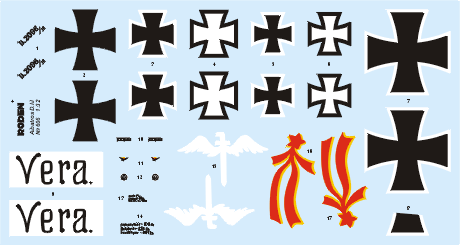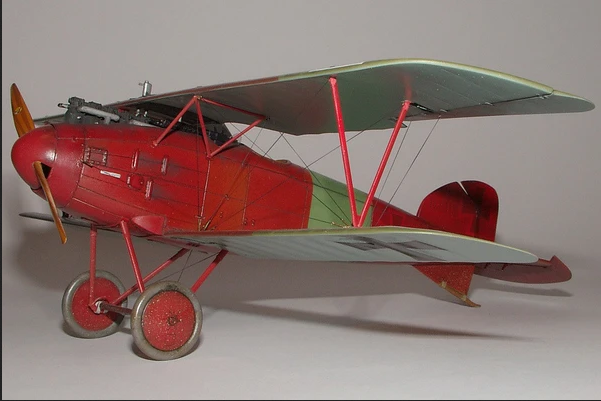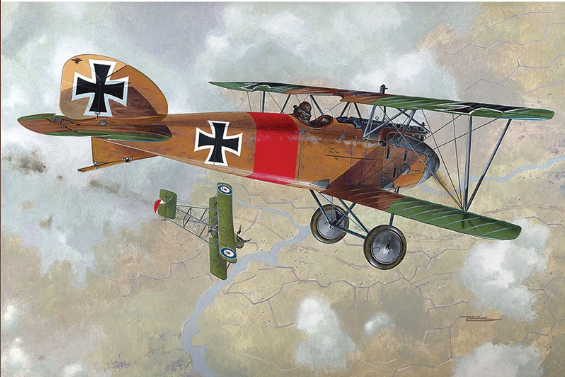Roden 1/32 Albatros D III WWI German BiPlane Fighter ROD606
Roden 1/32 Albatros D III WWI German BiPlane Fighter ROD606 will be backordered from our supplier. Delivery will take between 3-5 working days & orders will be despatched once completed.
Sign up to be the first to know when this product is back in stock!
Description
Description
In the first few months of operations there were some worrying accidents with the Albatros D.III. During certain maneuvers the bottom wing collapsed, and even the famous Manfred von Richthofen did not avoid falling victim to a similar incident, while at a height of 400 meters. The Albatros D.III was tested to destruction. At the end of January 1917, all Albatros D.IIIs were withdrawn from the front to investigate the reasons for wing collapse. After numerous tests the design was strengthened, and soon the type returned to active service. However, cases of wing collapse continued to occur, though with much less frequency.
In April 1917 the Albatros D.III gained the majority of the 150 victories achieved by the Germans in the air - this period has become notorious in the history of the Great War as 'Bloody April'. Never had the aircraft of the Allied nations incurred such heavy losses during such a short period of time.
Every month the Albatros firm together with the OAW branch increased production of the D.III. Even after the appearance of the later, improved, Albatros D.V, D.III manufacture was not stopped, because certain characteristics remained superior even to its successor. At its peak presence at the front, in October 1917, a total of 446 of the Albatros D.III were in the service of the German Air Force.
This type played the part of 'the fighting soldier' and it took part in all the major air battles of 1917-1918. Even with the advent of the Albatros D.V, the Fokker Dr.I, and the Fokker D.VII, it did not disappear from the first line. Despite all the controversy over the wing design and the numerous accidents, it was actively employed everywhere where there was conflict - on the Western Front in Europe, in the roasting skies of Palestine, or in the cold climate of the Baltic. Out of more than a total of 1,300 Albatros D.IIIs built during the war, an insignificant number of planes of this type survived to the end of the war. However, their contribution to the history of aerial combat in that era of chivalry was a hugely important one.
Specifications
Specifications
Payment & Security
Payment methods
Your payment information is processed securely. We do not store credit card details nor have access to your credit card information.








